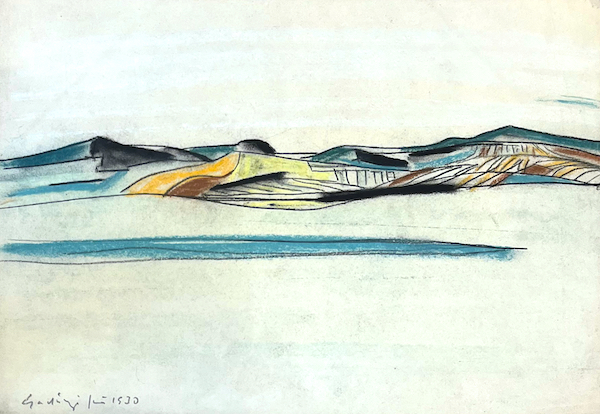Biography
Jenő Gadányi was a Hungarian painter. Between 1910 and 1919, he studied painting at the National Hungarian Royal School of Applied Arts. After the war, he enrolled at the Academy of Fine Arts. He earned his artistic and teaching diploma in 1923. His teacher was his maternal uncle, János Vaszary, who, in addition to him, initiated many significant individuals of Hungarian painting between the two world wars. In 1927, he went to Paris, where he was able to study the original works of the greatest French masters of the time (he was greatly influenced by the work of Henri Matisse, Pablo Picasso, Georges Braque and Fernand Léger).
The first phase of his art, the era of path-finding, orientation and slow self-discovery, ended in the 1920s. Initially, the efforts of Kernstok and his circle, the magazine Nyolcak and then Kassák, the constructive painters grouped around MA, and the richness of color of Vaszary and the Parisian painters influenced the development of his individual style. He formulated his artistic ideas in his writings discussing theoretical problems.
He organized his first independent domestic exhibition in 1930 (at the Tamás Gallery). He is a member of the New Society of Fine Artists (KUT), a founding member of the New Artists Association (UME), and from 1945 a founding member and defining individual of the European School. His paintings are often included in representative Hungarian exhibitions abroad.
Between 1946 and 1949 he was a professor at the College of Applied Arts. After his unjustified removal, retirement, and his collective exhibition at the Ernst Museum (1948), he worked in retirement.

